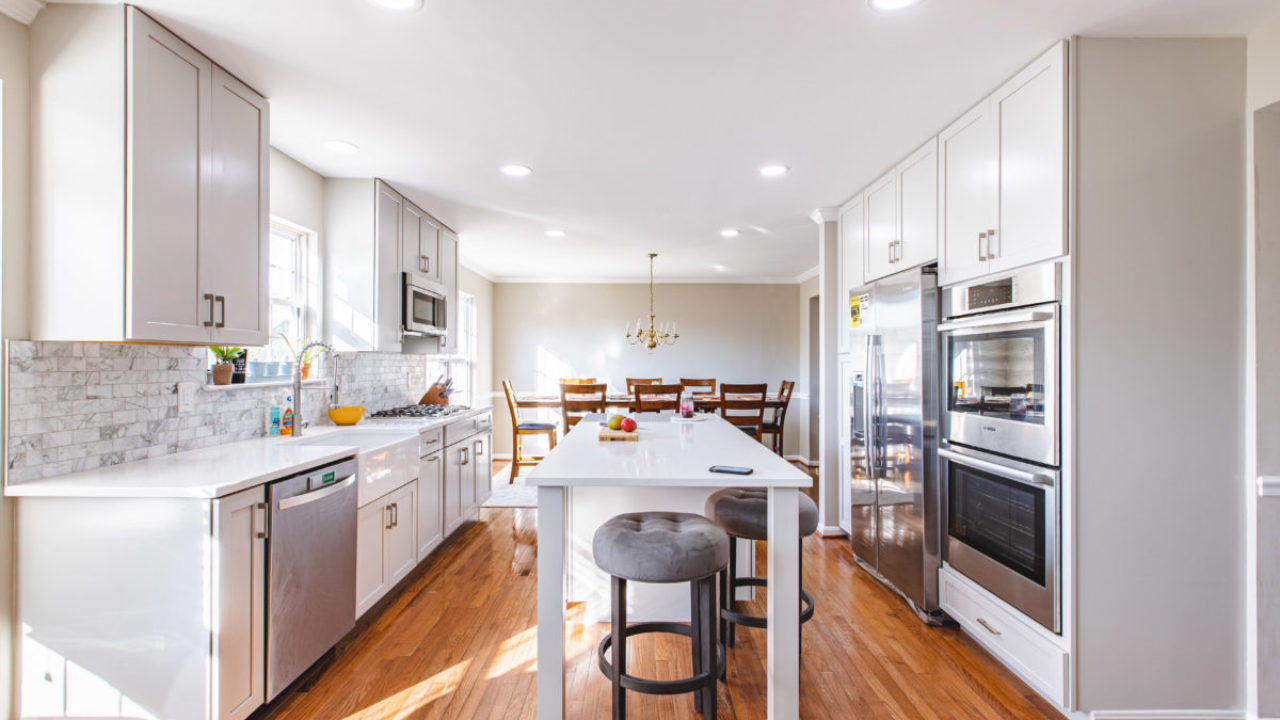
A loan for home addition is a necessity if you want to add a room to your house. The cost of a home addition is expensive. It takes longer than expected. Before applying for financing from the outside, it is best to get an estimate form a builder. A fixed price tender is one way to avoid spiraling expenses. This will allow you to be protected from unexpected events or fluctuating material cost. Additionally, fixed price tenders can protect you from high interest rates or repayment terms.
Personal loans can be used for small projects but they also work well for home improvements. They have a low application fee, but you will have to go through a lengthy draw process. Since the loan is based on the value of the property after the improvement project, you must sign on as the contractor to qualify for the loan. In addition, a construction loan will require a higher interest rate than a normal bank loan.

A loan for home expansion will have different repayment terms and conditions than a personal mortgage. Generally, a home addition loan has a fixed amount and a fixed interest rate. This type of loan is best for people who have equity in their homes or who need a substantial amount of money to complete their project. A lender can also provide a line credit to finance your home addition. Both types have different interest rates.
A credit card can be used if you don’t want to borrow your home equity. However, be sure to compare interest rates between cards to make sure you get the best deal. Credit cards used to finance home additions can be risky. Additionally, you will need repayments after the renovation is complete. It is important to compare loan offers from different lenders in order to choose the right one. The interest rate on a credit card for home addition can be very high, so you need to do some shopping around before deciding on one.
A loan can be applied for to build a home addition, even if there is no equity in the house. A home equity line of credit allows you to borrow against the equity in your property and use it to finance the project. This type of home addition loan is the best option if you need to add a room before moving into your new house. If you need more money for the renovation, a secured loan is a good option.

There are many ways to finance a home addition, but most homeowners with little or no equity in their home can do so by using a personal loan. A personal loan is a way to finance a home addition. This is an excellent option for those who don't have the cash to pay a mortgage. Your credit score won't affect the interest rate on a personal loan.
FAQ
What is the cost of renovating a house?
Renovations can cost from $5,000 to $50,000. Renovations typically cost homeowners between $10,000 and $20,000
How do you choose a good contractor to work with?
Ask family and friends to recommend contractors. Also, look at online reviews. Make sure that the contractor you choose has experience in the area of construction that you are interested in. Check out references and ask for them to provide you with some.
Are there ways to save money on home renovations?
By doing all the work yourself, you can save money. One way to save money is to try and reduce the number people who are involved in the remodeling process. You might also look for ways to decrease the cost and use of materials in the renovation.
What should you consider when buying your next home?
Make sure you have enough cash saved to pay closing costs before buying a new house. If you don't have enough cash on hand, then you might want to think about refinancing your mortgage.
Do I need an architect/builder?
You may find it easier to hire someone else to complete your renovations if you own the home. An architect or builder is a good option if you plan to buy a new house.
Can you live in your house while it's being renovated?
Yes, I can live inside a house while I renovate it.
Is it possible to live in a house with renovations going on? The time taken to complete the work will impact the answer. If the renovation takes less than two months, then you can live in your house while it is being built. You cannot live in the home while renovations are taking place if they last more than 2 months.
There are many reasons why you should not live at home during major construction projects. You might be hurt or even die from falling objects on the site. Noise pollution and dust from heavy machinery on the job site could also be a problem.
This is especially true when you live in a multistory house. If this happens, the sound and vibration caused by the construction workers can cause significant damage to your home and contents.
You'll also need to cope with the inconvenience of living in temporary housing while your house is being renovated. You won't have all the amenities of your home.
You won't be allowed to use your dryer or washing machine while they are being repaired. It will be difficult to bear the smell of paint fumes as well the sounds that workers make.
All of these factors can create stress and anxiety for you and your loved ones. You should plan ahead to avoid feeling overwhelmed by this situation.
Research is key when you are considering renovating your home. It will save you money and help you avoid costly mistakes.
You can also consider professional advice from a trusted contractor to ensure smooth running of your project.
Statistics
- On jumbo loans of more than $636,150, you'll be able to borrow up to 80% of the home's completed value. (kiplinger.com)
- Most lenders will lend you up to 75% or 80% of the appraised value of your home, but some will go higher. (kiplinger.com)
- Rather, allot 10% to 15% for a contingency fund to pay for unexpected construction issues. (kiplinger.com)
- Design-builders may ask for a down payment of up to 25% or 33% of the job cost, says the NARI. (kiplinger.com)
- It is advisable, however, to have a contingency of 10–20 per cent to allow for the unexpected expenses that can arise when renovating older homes. (realhomes.com)
External Links
How To
Where can I find information regarding home improvements?
You can save money on home improvements while still improving your home. You can make your home more attractive and cost-effective without spending a lot. There are many ways to make your home more appealing without spending a lot of money, such as painting and landscaping or adding a spa. You can find many resources online to help you make these changes.
The internet contains a wealth of information about home improvement projects. Numerous websites give detailed instructions on how you can complete different tasks. You can often see completed projects on these sites so you can imagine how your own home would look once each task has been completed.
You may also find articles written by professionals about topics related to home improvement. One example is a magazine article that discusses the best paint to use for walls. This article might give you ideas on how to choose colors and paint types that match your existing decor.
There are many websites that offer tips and advice on home improvement. Houzz.com is a great place to find out more about home improvements. Each website provides helpful information about products and services that may interest you.
Some websites are just for home improvement. Lowe's.com can be used to look through its catalog of tools, materials and supplies for home improvement projects. There may be helpful information about how to select and install window treatments.
Home improvements can be exciting, rewarding, and fun. Learn about these topics to improve your home.